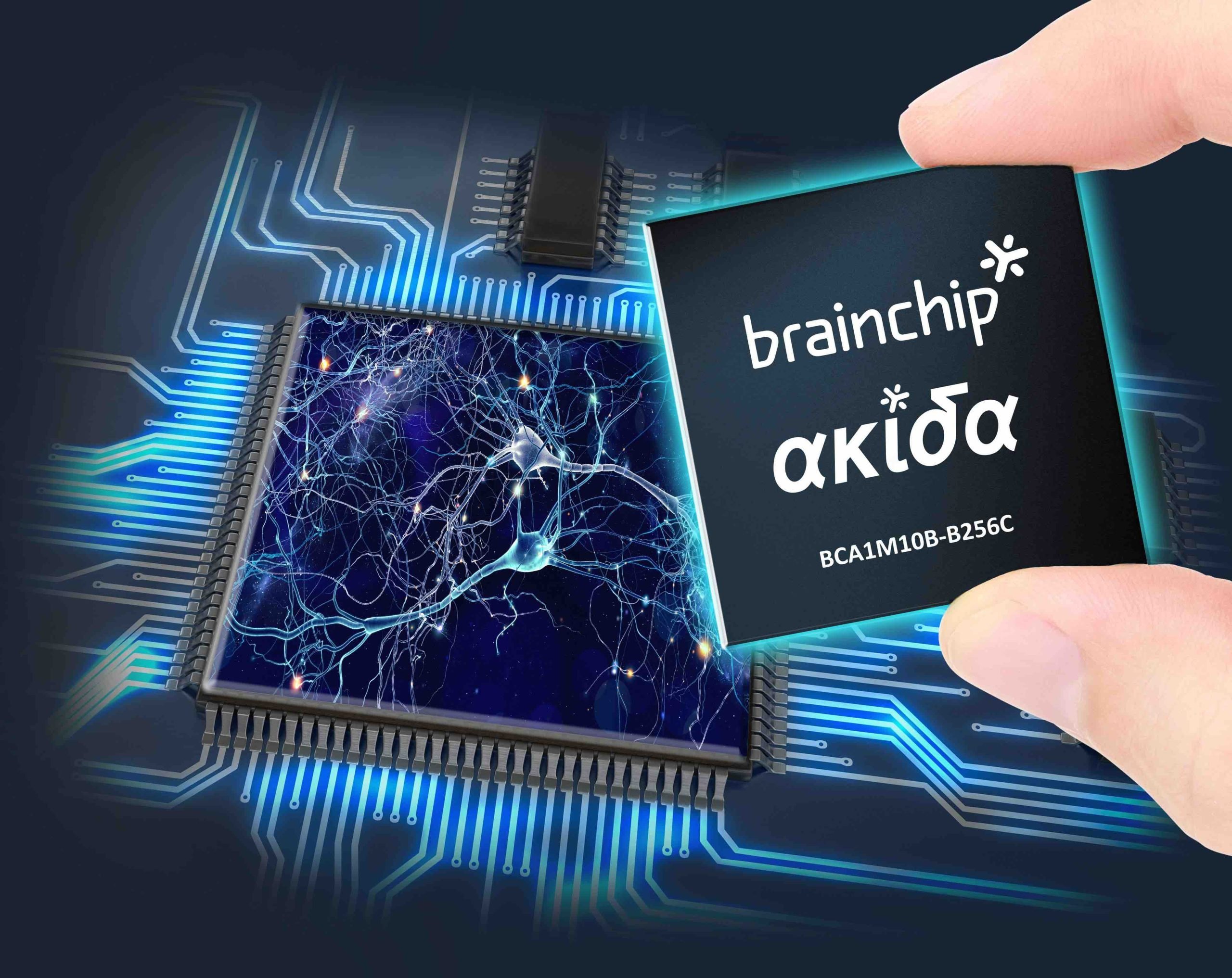TSMC growing presence in EV sector
Monica Chen, Hsinchu; Rodney Chan, DIGITIMES AsiaFriday 5 May 2023
0
Credit: AFP
TSMC, with the support of its ecosystem partners, is striving to strengthen its position in the rapidly expanding market for electric vehicles (EV), according to industry sources.
The pure-play foundry embraces a three-prong strategy for its automotive business. It is directly teaming up with international automakers to obtain long-term supply agreements, developing new and special manufacturing processes for making automotive chips, and building overseas joint-venture fabs with automotive component makers, the sources said.
The sources pointed out that TSMC dominates the global chip foundry market, and high-performance computing chips for self-driving capability must be made using advanced processes. It means TSMC is in pole position in 28nm and below processes needed to make automotive chips, the sources said.
Other foundry houses and IDMs, such as NXP and Infineon, are mostly still at 12nm or 28nm and above in terms of chip manufacturing nodes. TSMC's major foundry competitors Intel and Samsung Electronics have seen slow progress in advancing their manufacturing processes or in developing customer relationships in the automotive field, the sources said.
TSMC is optimistic about growth for its automotive segment, which accounted for about 5% of overall company sales in 2022. In the first quarter of 2023, the percentage rose to 7%. The automotive segment could generate as much as NT$140 billion (US$4.56 billion) in sales in 2023 for TSMC on an estimated overall company sales of NT$2 trillion for the year.
TSMC's sales from the automotive segment alone would be more than the 2022 combined sales of fellow foundry houses Powerchip and VIS, the sources noted. SMIC, UMC, and GlobalFoundries each generated sales of only more than NT$200 billion in 2022.
Under its three-prong strategy for its automotive business, TSMC is securing long-term contracts directly from international automakers, rather than through their component suppliers, the sources said. It has already struck supply contracts with VW, GM, Toyota and Honda, the sources noted. Its other customers reportedly include Tesla, Mercedes-Benz and BMW, the sources said.
Secondly, TSMC is working to accelerate the otherwise lengthy verification for automotive chips. TSMC has been expanding its tech support for a wider range of automotive chips, including 28nm embedded flash memory, 28nm, 22nm, and 16nm mmWave chips and LiDAR sensors, the sources said.
It has also obtained certification for making 22nm MRAM that complies with automotive Grade-1 specs, the sources added.
For its 7nm and below processes for making automotive chips, it has just unveiled N3AE (N3 Auto Early) that offers automotive process design kits (PDKs) based on its 3nm N3E, allowing customers to launch designs on the 3nm node for automotive applications, leading to the fully automotive-qualified N3A process in 2025.
TSMC is establishing overseas joint-venture fabs with automotive component makers. It is building a new fab in Japan, and likely another in Germany, with both targeting the automotive market.
The Japanese project is a joint venture between TSMC, Sony and automotive components maker Denso, and the German fab reportedly would also be a joint venture with companies in the automotive supply chain. Bosch is reportedly one of its partners for the German fab, the sources noted.
TSMC's N3AE was showcased at its 2023 North America Technology Symposium last month, along with other new members in the 3nm family, including: N3P, an enhanced 3nm process for better power, performance and density; and N3X, a process tailored for high performance computing (HPC) applications.







